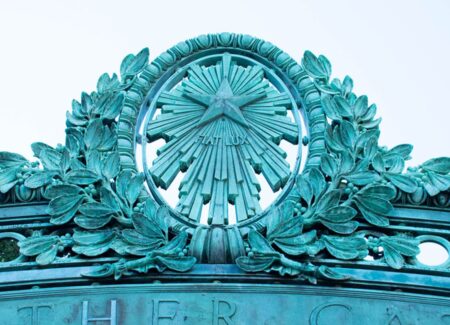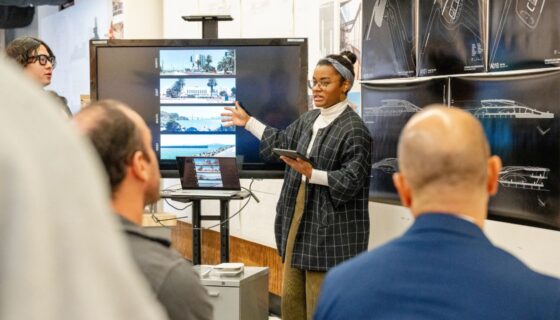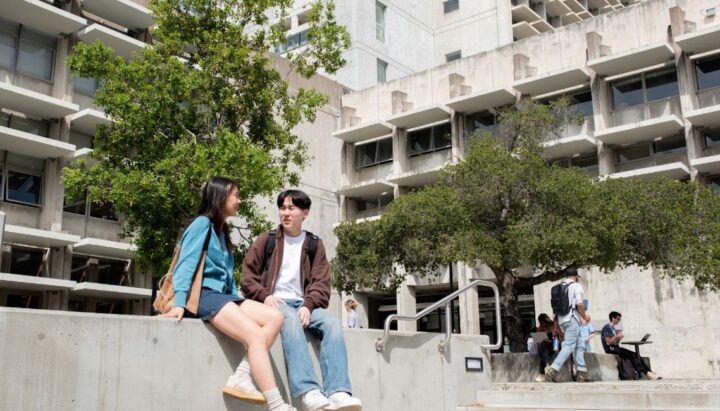
Give to CED
INVEST IN A SUSTAINABLE FUTURE
When you give to the College of Environmental Design, you empower students and faculty to reimagine the built environment through innovation, sustainability, and social impact. Your contribution drives forward solutions for climate-resilient cities, affordable housing, inclusive public spaces, and other urgent challenges.

YOUR GIFT MAKES A DIFFERENCE
- Support exceptional student experiences
- Fund faculty excellence
- Ensure a welcoming community
- Improve our infrastructure with a gift to CED operations and Bauer Wurster Hall renovations
“As the top-ranked public university in the nation for architecture and the built environment, the College of Environmental Design is at the forefront of solving the environmental challenges of the 21st century. We think globally but act locally, understanding buildings, cities, and landscapes as products of specific histories, societies, economies, materials, and systems. Through research, experimentation, and design inquiry, we are leading the way toward creating communities that are equitable, resilient, and culturally vibrant.”
—Renee Y. Chow, William W. Wurster Dean of the College of Environmental Design
OUR FUNDING PRIORITIES
- Exceptional student experiences
- Faculty excellence
- A welcoming community
- Operations and renovations
TECH ACCESS INITIATIVE

Each year, approximately 85% of CED undergraduates use a combination of the Fabrication Shop, Digital Fabrication Lab, and computer accounts for hands-on, creative, and collaborative learning. The cost of accessing software, equipment, and fabrication labs is not covered by tuition and these additional fees can be a hardship for students with financial need. Without access to technology, students cannot fully engage in learning experiences or to develop skills that prepare them for careers in environmental design.
CED launched the Technology Access Initiative in 2021 to ensure that undergraduate students with the greatest financial need have equitable access to the digital tools and technologies required for their studies. Your gift provides no-cost access to computer software and labs and enables our undergraduates to fully engage in hands-on learning experiences that foster design thinking and materials exploration
THE CED FUND

Gifts to the College of Environmental Design Fund provide critical, flexible funding that allows us to respond to the most pressing needs of our students, faculty, and programs. Your annual gift supports special initiatives and projects; ongoing student needs, including career counseling and admissions ambassadors; and upgrades to classrooms and studios.
Every contribution — regardless of size — makes a meaningful impact. When you make a gift to the CED Fund, you prepare the next generation of designers, planners, scientists, and thinkers to shape a more resilient and equitable world.
HOW TO GIVE
BY CHECK
Make checks payable to the UC Berkeley Foundation, with the fund name and number noted, and mail to:
University of California, Berkeley
Donor and Gift Services
1995 University Avenue, Suite 400
Berkeley, CA 94704-1070
BY PHONE
Gifts may be made via credit card by calling UC Berkeley Gift Services: 510.643.9789.
EMPLOYER MATCH
Expand your impact by searching UC Berkeley’s matching gift database to find out if your employer will match your gift.
OTHER ASSETS
Interested in giving other assets? Visit UC Berkeley’s FAQ page.
GIFT PLANNING
A planned gift to Berkeley could be the smartest investment you ever make. Please email cedfund@berkeley.edu to learn more.
FOR MORE INFORMATION
Contact CED’s Development + Alumni Relations team at 510.643.1105 or cedfund@berkeley.edu.

